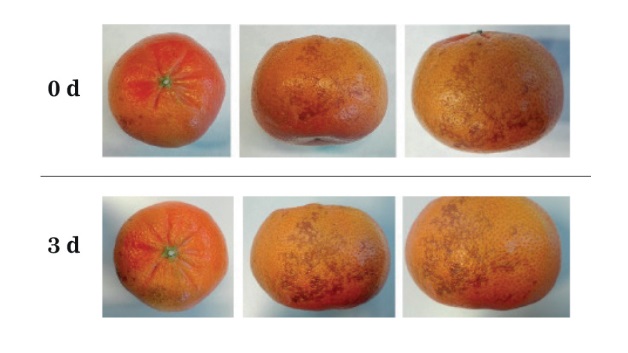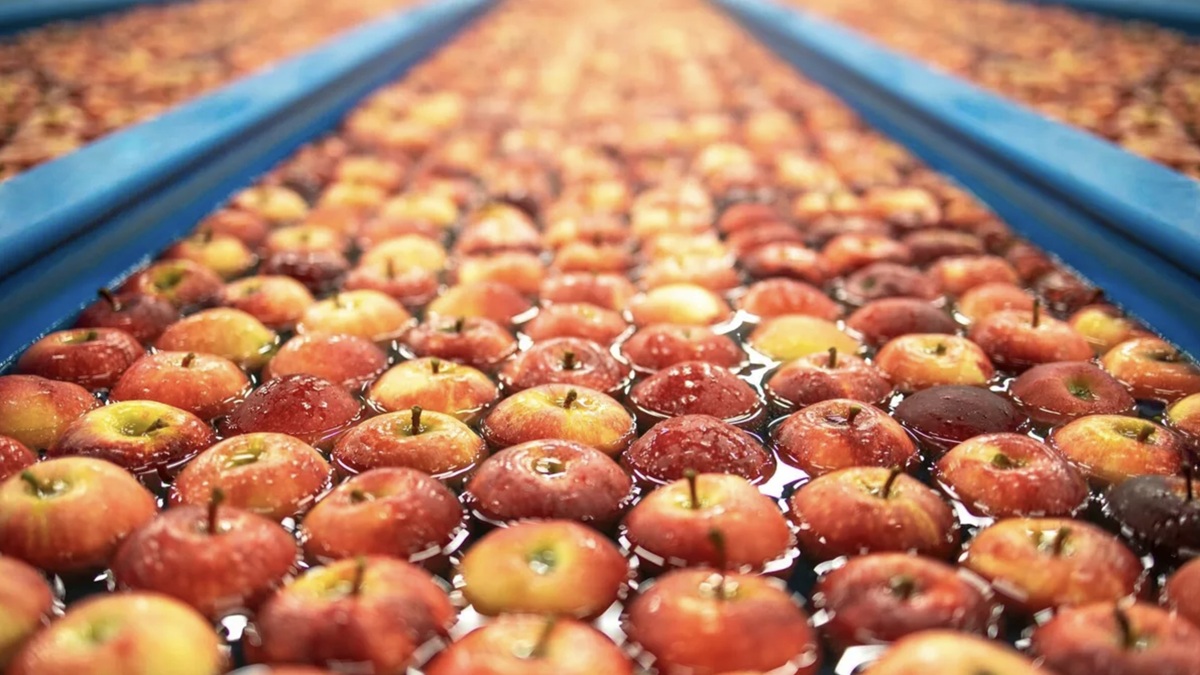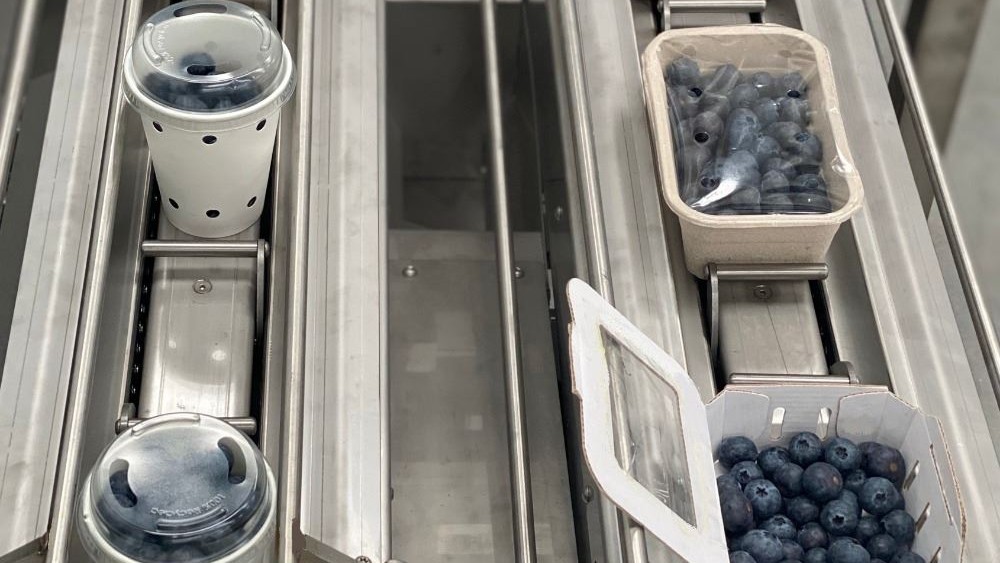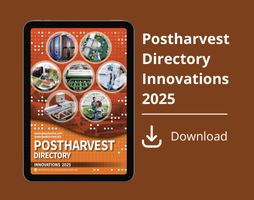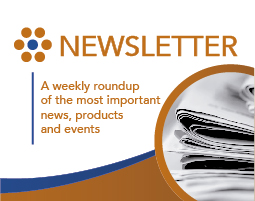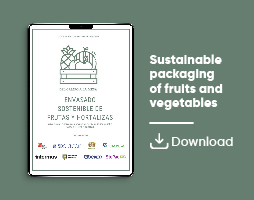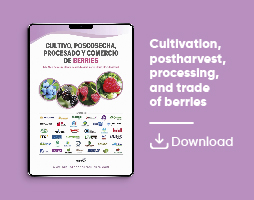Actualidad
Latest Advances in Non-Thermal Technologies for Postharvest Fungal Inactivation and Mycotoxin Reduction in Agricultural Products
A recent review highlights the latest non-thermal technologies, such as HPP, ozone, and UV light, for effectively reducing fungal contamination and mycotoxin levels in agricultural products, improving post-harvest food safety without compromising quality
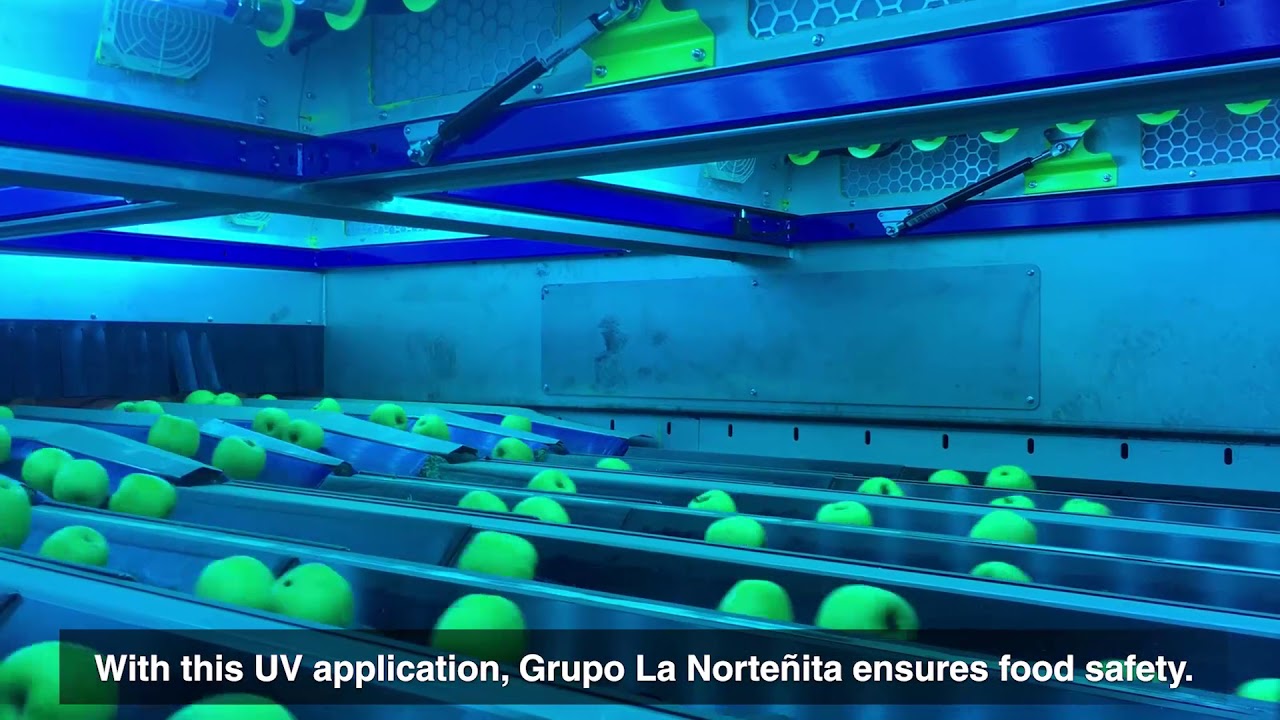
Redaccion
A new review by Bernardo Molina Hernandez Jr. and colleagues explores the latest non-thermal technologies for improving post-harvest food safety, specifically in combating fungal contamination and reducing harmful mycotoxins in agricultural products. Molds are a common problem during the production and storage of food, often producing mycotoxins—toxic secondary metabolites that can pose serious health risks.
To address these challenges, the agricultural industry is turning to innovative non-thermal processing methods that preserve food quality without the use of heat. The review focuses on the most promising technologies for fungal inactivation and mycotoxin reduction, including:
- High Pressure Processing (HPP)
- Ozone Treatment
- UV Light
- Blue Light
- Pulsed Light
- Pulsed Electric Fields (PEF)
- Cold Atmospheric Plasma (CAP)
- Electron Beams
- Ultrasound (US)
- Nanoparticles
By examining data from recent studies, the review provides an in-depth look at the mechanisms of action of these technologies, their effectiveness in reducing fungal contamination, and the challenges associated with their use in post-harvest applications. These non-thermal treatments have proven to be safe and efficient tools for controlling fungal infections in food products, all while maintaining the nutritional value and sensory qualities of the food.
However, the effectiveness of these technologies varies depending on the fungal species and the mycotoxin structure. The review emphasizes that achieving the best results requires the careful optimization of key parameters, tailored to the specific conditions of each post-harvest application.
The authors also discuss future trends in non-thermal food preservation technologies. These innovative approaches align with growing consumer demand for clean and safe food products, without compromising taste or quality.
The review, titled Enhancing Postharvest Food Safety: The Essential Role of Non-Thermal Technologies in Combating Fungal Contamination and Mycotoxins, was provisionally accepted for publication in Frontiers in Microbiology in 2025. It offers valuable insights into how non-thermal technologies can revolutionize food safety and post-harvest management for a more sustainable and healthy food supply chain.
Source
Molina Hernandez Jr., B., Grande Tovar, C. D., Neri, L., Delgado-Ospina, J., Rinaldi, M., Cordero-Bueso, G., & Chaves, C. (2025). Enhancing Postharvest Food Safety: The Essential Role of Non-Thermal Technologies in Combating Fungal Contamination and Mycotoxins. Front. Microbiol. Sec. Food Microbiology, Volume 16. doi:10.3389/fmicb.2025.1543716


